TDWI Checklist Reports
TDWI Checklist Reports provide an overview of success factors for a specific project in business intelligence, data warehousing, or a related data management discipline. Companies may use this overview to get organized before beginning a project or to identify goals and areas of improvement for current projects.
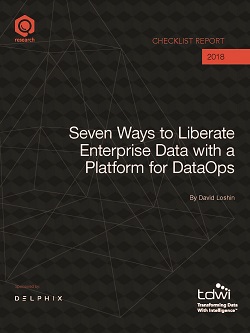
October 31, 2018
Existing enterprise infrastructures are engineered in a way that complicates some types of data provisioning. In this checklist, we will consider the benefits of a platform-based approach to DataOps that addresses some of these complexities.
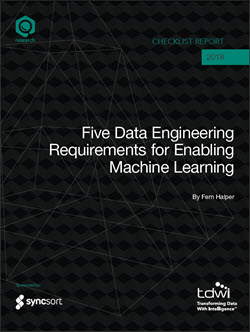
October 26, 2018
This TDWI Checklist Report discusses best practices for data engineering and management to support machine learning with a focus on collecting, cleansing, transforming, and governing new types of data for analysis.
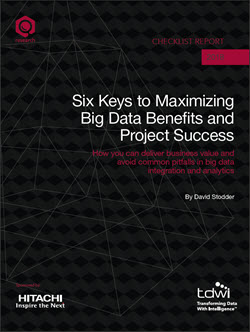
September 29, 2018
This TDWI checklist discusses six important issues that organizations should address to start big data projects off right and then manage them to achieve objectives faster and with less difficulty.
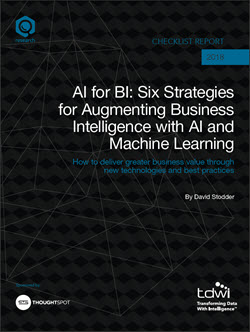
September 28, 2018
This TDWI checklist discusses six best practices for gaining greater value from AI for BI and self-service analytics. Our objective is to help organizations accomplish projects faster and provide relevant and accurate insights that users can trust.
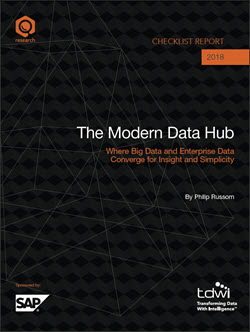
September 17, 2018
This TDWI Checklist Report presents seven recommendations for successful data hub design and use. It should help you understand the new direction that the data hub has taken as well as what you should demand when evaluating products and deploying a modern data hub.
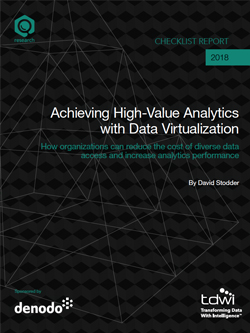
July 25, 2018
This Checklist Report discusses six areas that are critical to achieving high-value, business-driven analytics and the role data virtualization plays in realizing success in these areas.
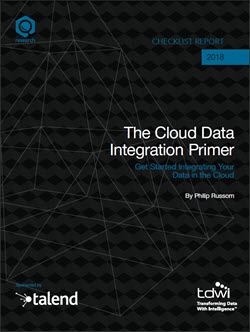
June 29, 2018
A number of newly mature trends are making cloud-based data integration platforms, technologies, and user best practices more relevant than ever.
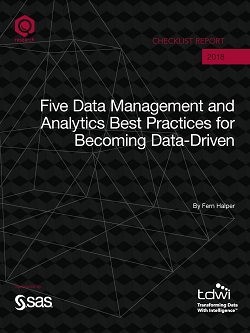
June 12, 2018
It can be difficult to create an organization that thrives on data and analytics. This TDWI Checklist Report discusses best practices to build a program and an infrastructure for becoming data-driven.
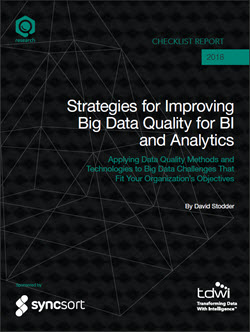
May 18, 2018
Organizations dependent on big data for a wide range of business decisions need data quality management that can improve the data so it is fit for each desired purpose. This TDWI Checklist Report offers six strategies for improving big data quality.